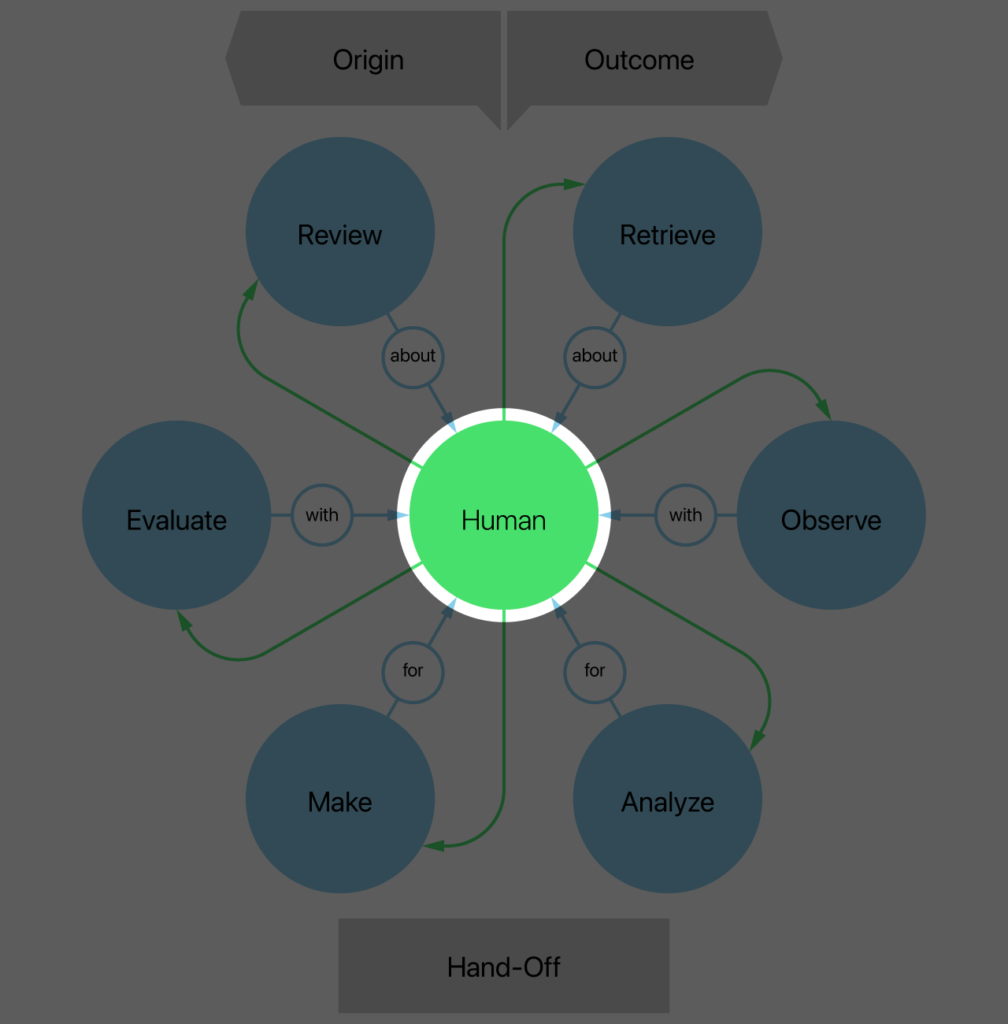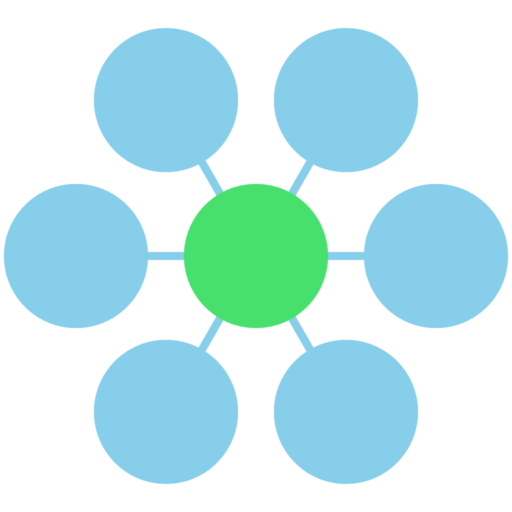Here are some questions to ask to begin understanding the humans who will benefit from requested work.
- Is there an existing understanding of who they are? If so, where is that documentation?
- What type of interactions do they have with the solution?
- Are they internal or external users?
- Are they the stakeholders of the project?
- Are they members of different groups which need alignment?
- Is there a method in place to gain access to them, or does one need to be created?
Digging Deeper
In the ROAMER Model, humans are those who will benefit from building or improving a solution. The origin usually relates to the human affected – this commonly happens as a result of an observation. Examples of humans to focus on are a persona, a market segment, a team, or a business. The ROAMER Model puts the human at the center to ensure they are clearly and intentionally identified.
The ROAMER Model insists on keeping humans at the center of attention because the work of problem solving, innovating, and creating solutions will ultimately benefit a human. Whether the work is bridging the gap between leaders, developing a new product, or building a new technology infrastructure, there will be a human who is affected. The effect could be direct or indirect, but if a human must create it, a human will be affected.

